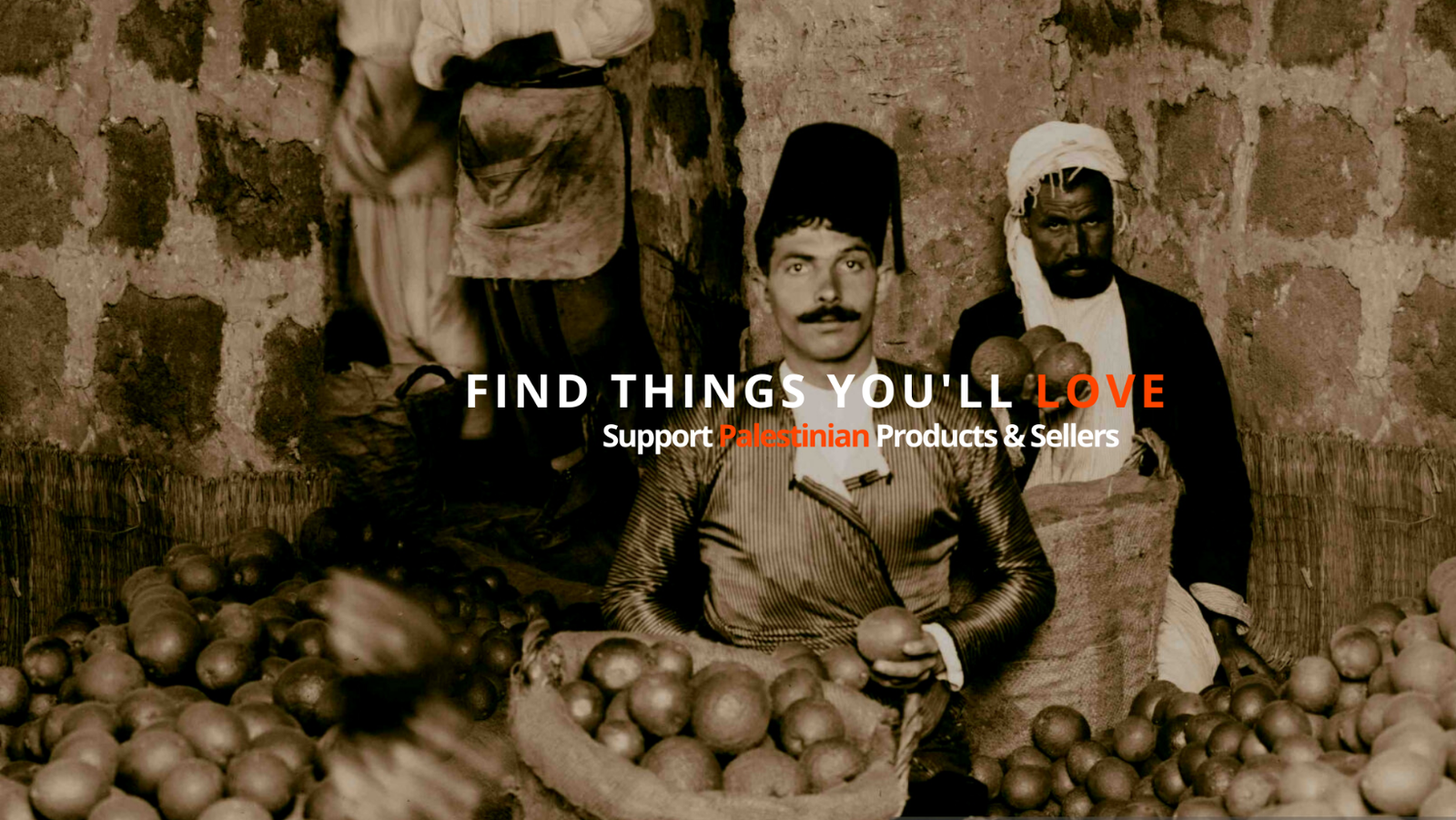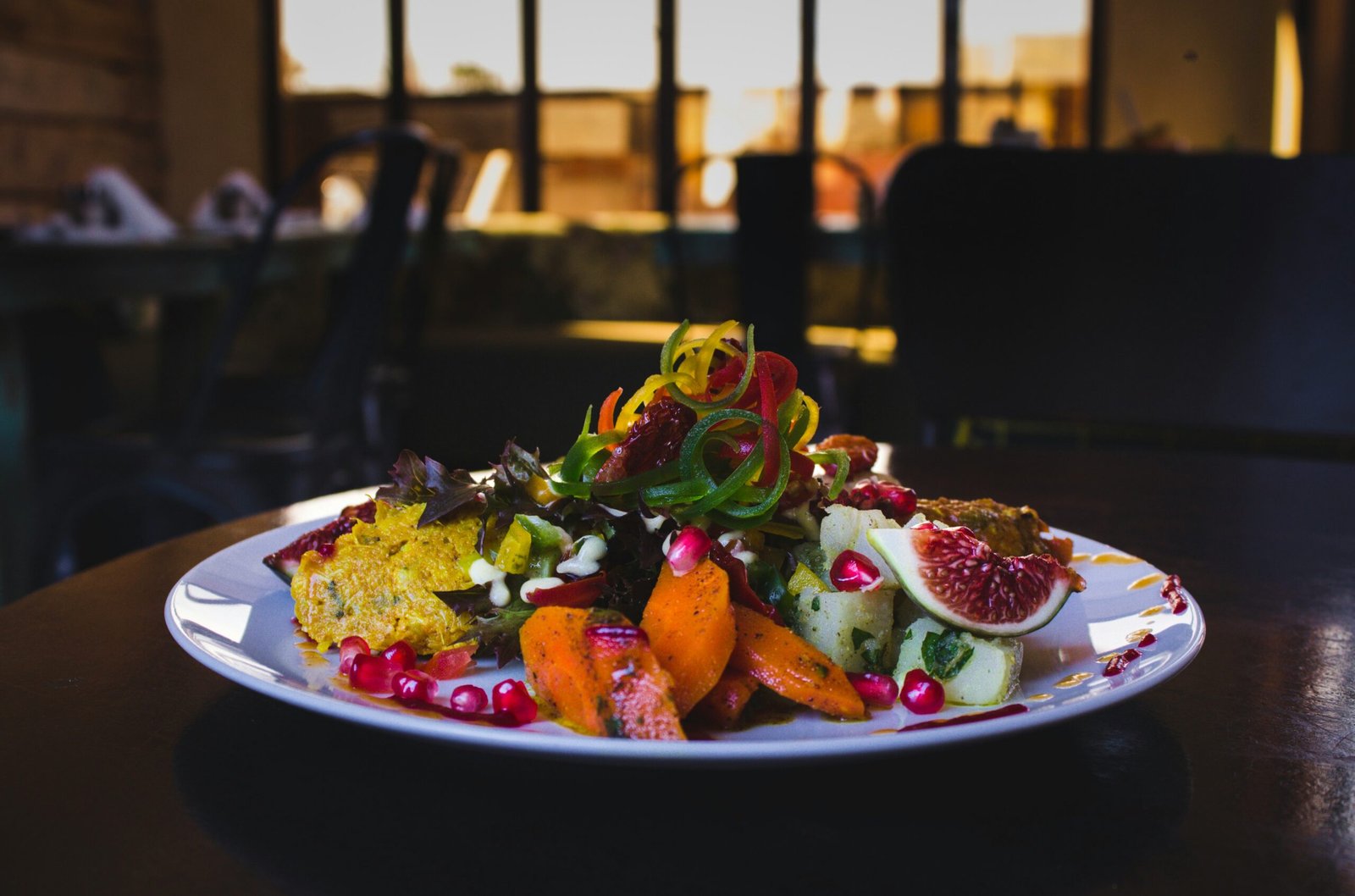The history of Palestinian industries is deeply rooted in the region’s rich cultural, economic, and political heritage, spanning centuries of development, trade, and challenges. Palestinian industries, both traditional and modern, have evolved through several historical phases, significantly shaped by external powers, internal dynamics, and socio-political contexts.
1. Pre-Ottoman Era:
Palestinian industries date back to ancient times, when the region was known for its agricultural products, pottery, weaving, and metalwork. The area that is now Palestine was historically a significant hub of trade due to its strategic location between Africa, Asia, and Europe. The region’s ancient cities like Jericho, Jaffa, and Gaza were centers of commerce, and the local population engaged in crafts like pottery, olive oil production, textiles, and metalwork.
2. Ottoman Period (1517–1917):
During the Ottoman rule, Palestinian industries were primarily agrarian, with local crafts playing a significant role. Agriculture, particularly the cultivation of olives, wheat, and citrus, was the backbone of the economy. Soap-making, especially from olive oil, became a hallmark of Palestinian craftsmanship, with Nablus emerging as a center for the production of “Nabulsi soap.” Textile production, leatherworking, and ceramics were also important industries during this period. Palestinians were skilled in handicrafts, and local goods were traded within the empire and beyond.
3. British Mandate Period (1917–1948):
The British Mandate brought modernization and industrialization to some extent. New infrastructure, such as roads and railways, improved access to markets. During this time, some Palestinian entrepreneurs began establishing small factories for food processing, textiles, and construction materials. The olive oil industry continued to thrive, along with the production of citrus fruits, particularly in the coastal areas like Jaffa, which became famous for its oranges. However, the political situation under the British Mandate also fostered tensions between the Palestinian Arab and Jewish populations, leading to economic disruptions.
4. Post-1948 and Nakba:
The 1948 Arab-Israeli war (Nakba) marked a turning point for Palestinian industries. Following the creation of the State of Israel and the displacement of hundreds of thousands of Palestinians, many traditional industries and agricultural operations were lost or severely impacted. Large portions of land, particularly fertile areas, were confiscated, and Palestinians who became refugees in neighboring countries lost access to their livelihoods.
In the West Bank and Gaza, which came under Jordanian and Egyptian control respectively, local industries struggled to recover from the loss of resources and markets. However, some Palestinian entrepreneurs managed to reestablish small-scale industries such as olive oil production, textiles, and handicrafts.
5. Post-1967 Occupation:
After the 1967 Six-Day War and the Israeli occupation of the West Bank and Gaza Strip, Palestinian industries faced new challenges, including restrictions on movement, limited access to resources, and heavy reliance on the Israeli economy. Israeli control over borders, land, and water further hindered industrial growth. Many Palestinians were forced to work as laborers in Israel, reducing the development of local industries.
Despite these challenges, certain industries persisted and adapted:
- Textile and Garment Industry: The West Bank, particularly in cities like Hebron and Nablus, became known for its textile and garment factories, which produced goods for both local consumption and export to Israel and other markets.
- Handicrafts: Traditional handicrafts such as ceramics, glassware (particularly in Hebron), embroidery, and olive wood carvings remained important, especially as part of the tourism sector.
- Agriculture: Despite land and water restrictions, agriculture continued to be a key industry, with olives, dates, and vegetables as primary products. Hebron, for example, remained a hub for stone and marble processing.
6. Modern Palestinian Industries:
In the late 20th and early 21st centuries, the Palestinian economy and industries have been shaped by a complex mix of occupation, limited sovereignty, and international aid. The Oslo Accords in the 1990s brought hopes for greater economic independence, but progress has been slow due to political instability and restrictions.
Key modern Palestinian industries include:
- Agriculture: Agriculture remains a cornerstone of the economy, with the West Bank known for its olive oil, dates (especially Medjool), herbs, and citrus fruits. Palestinian farmers face challenges from Israeli settlements and land confiscations, but many have adapted by focusing on high-quality organic products for export.
- Food Processing: The food industry, particularly olive oil, dates, and baked goods, plays a crucial role. Palestinian olive oil has gained international recognition, and there is a growing focus on export-oriented agriculture.
- Stone and Marble: The stone and marble industry, especially in Hebron, is one of the largest in Palestine, with exports reaching international markets. Palestinian stone, known for its quality, is used in construction worldwide.
- Textiles and Garments: Textile production has seen a decline in recent decades, but smaller factories still exist, producing garments and shoes, often for the Israeli market.
- Tourism and Handicrafts: Tourism, particularly religious and cultural tourism, is a significant industry, especially in cities like Bethlehem, Jerusalem, and Jericho. Palestinian handicrafts such as embroidery, olive wood carvings, and ceramics are popular among tourists.
7. Challenges and Opportunities:
The development of Palestinian industries continues to be affected by the Israeli occupation, including restrictions on imports, exports, and movement of goods and people. The Gaza Strip, in particular, faces severe restrictions and periodic destruction of its infrastructure due to conflict, which has devastated local industries. In the West Bank, the separation barrier and military checkpoints create logistical challenges for manufacturers and farmers.
However, there are also opportunities. The rise of digital entrepreneurship and e-commerce has provided new ways for Palestinian businesses to reach global markets. Sectors such as technology and information services have shown potential, particularly with the growing number of educated young Palestinians who are leveraging online platforms to create startups.
Conclusion:
Palestinian industries are a testament to resilience and adaptability in the face of historical and contemporary challenges. While traditional industries like agriculture and handicrafts remain central, modern sectors such as stone, technology, and food processing are also emerging as vital components of the Palestinian economy. The path forward for Palestinian industries depends largely on political developments, economic investments, and the ability to overcome barriers imposed by the ongoing conflict and occupation.


Add comment